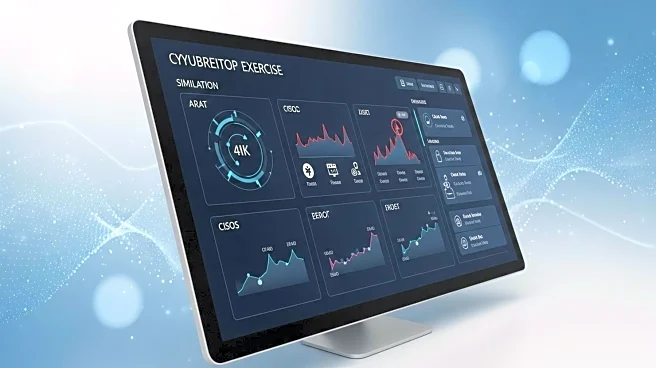What is the story about?
What's Happening?
Flax Typhoon, a Chinese state-backed espionage group, has been exploiting ArcGIS software to maintain backdoor access to systems for over a year. Researchers from ReliaQuest revealed that the group used a clever attack chain to blend in with normal traffic and maintain access even if victims attempted to restore systems from backups. By compromising a portal administrator account, the attackers deployed a malicious extension, creating a hidden directory for their operations. This tactic allowed them to weaponize ArcGIS, using its internal processes to evade detection and maintain long-term access.
Why It's Important?
The exploitation of ArcGIS by Flax Typhoon highlights vulnerabilities in widely used software systems, emphasizing the need for robust cybersecurity measures. ArcGIS is popular among private organizations and government agencies for geospatial mapping, making it a valuable target for espionage activities. The ability of attackers to turn software features into tools for cyberattacks poses significant risks to data security and operational integrity. This incident underscores the importance of treating all public-facing tools as high-risk assets and reevaluating backup strategies to prevent reinfection.
Beyond the Headlines
The attack on ArcGIS serves as a wake-up call for organizations relying on third-party applications and extensions. It demonstrates the potential for internal software processes to be exploited for malicious purposes, challenging traditional security assumptions. The incident may prompt vendors to revise security guidelines and encourage customers to prioritize backend access points as critical security concerns. As cyber threats evolve, organizations must adapt their security strategies to address emerging vulnerabilities and protect against sophisticated espionage tactics.
AI Generated Content
Do you find this article useful?













